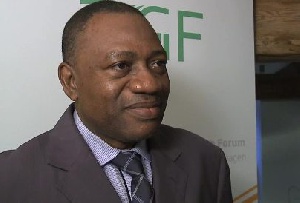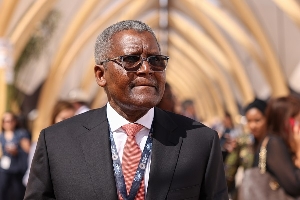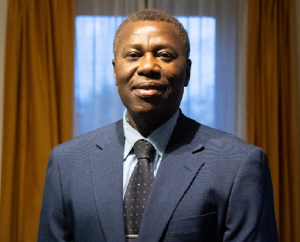TC’s Energy did a successful test generation of 14MW in March 2015. The plant when fully operational will eventually produce up to 1,000MW by year end. Installation works on the six-power generation converters at the Ada Estuary in the Greater Accra Region have since been completed.
According to a spokesperson for TC Energy Lydia Affum Kyerewaa, the generated power will be an important component of government’s plan to increase the country’s current installed generation capacity of 2,845.5MW to 5,000MW in the medium-term in partnership with independent power producers (IPPs).
Under Ghana’s Renewable Energy Act, 10 percent of power generation will come from renewable sources such as hydro, wind, biomass and solar by 2020 as government is providing incentives to attract more IPPs into the energy sector.
According to the Minister of State in charge of Private Sector Development Rasheed Pelpuo, the solution to the country’s energy challenges lay in the use of renewable energy and the most appropriate are the tidal and sea waves, which research had provnd to be suitable for the shores of Ghana while power from the plant will cost less compared to Ghana’s current main power sources of hydro and thermal energy.
According to TC’s Energy CEO Anthony Opoku, the first power was successfully generated in March but due to some technical challenges the plant was shut down to rectify that problem though the original plan to generate the 1,000MW by December is still on track.
Explaining how power is generated, he said the six-power generation converters would be placed under the sea at the Ada Estuary, where the tidal waves are very high. The pressure emanating from the waves would then be used to generate the power.
According to him, the wave-powered project would produce 14,400 kilowatt an hour per day. “We do not use oil or gas. We only use the waves from the sea and once the initial capital is set in place, the installation proceeds,” as he provided assurance that deployment of the technology will not affect the fishing activities of the residents as the generators are well off the coast and marked with floaters.
Opoku said that Ghana’s wave height of about 2.5 metres is ideal, meaning the plant will not have any problem generating electricity power because “we have all the waves here in Ada. This technology mostly depends on the wave height and that’s why we won’t be worried too much about the power output that will be coming out because we have the waves here at Ada,” he added.
“With this plant, there is no need for gas, oil or whatsoever to operate it. All it needs are the waves from the sea. Once those initial things are set in place, everything else is free. We will use this as reserve energy for Ghana so that even when there is no enough power from the producers, the plant can assist in generating energy,” he disclosed.
The generated power would then be transferred to the Electricity Company of Ghana (ECG) for onward distribution to the public at a cheaper rate.
Ghana is the first African country to spearhead the generation of power from the sea with the technology developed by a Swedish company, Seabased Wave Energy. The world’s first tidal power station was constructed in 2007 at Strangford Lough in Northern Ireland where the turbines are placed in a narrow strait between the Strangford Lough inlet and the Irish Sea.
Tidal power is increasingly being seen as the most efficient energy source with an efficiency of approximately 80 per cent, which makes it far better compared to other popular renewable energy sources, solar and wind included.
Business News of Wednesday, 22 July 2015
Source: kafui gale-zoyiku | africanreview.com













